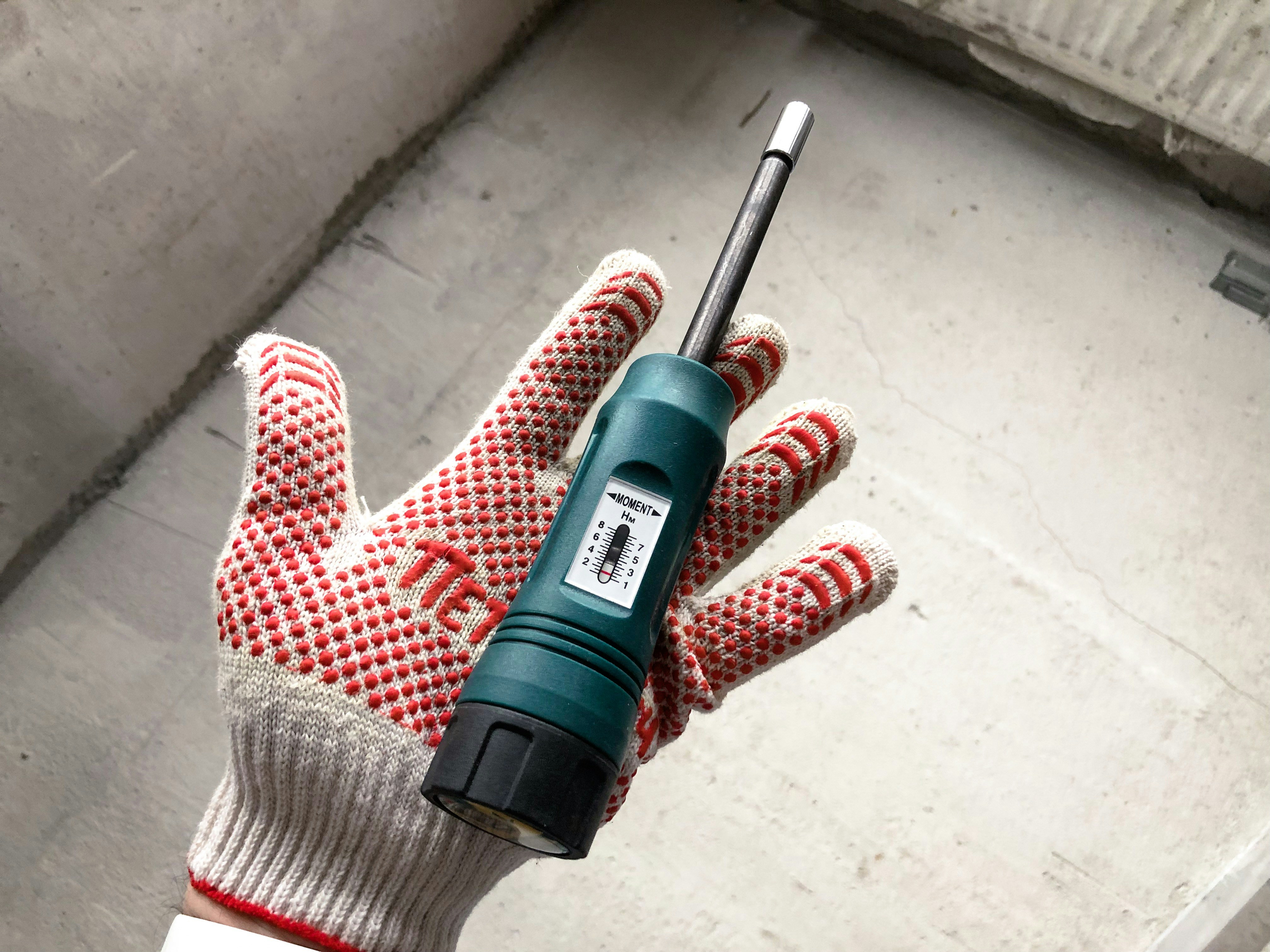Understanding Cordless Tool Batteries
Cordless tools have revolutionized the way we approach woodworking, construction, and home maintenance by providing unparalleled mobility and convenience. At the heart of these tools lie their batteries, which play a crucial role in determining their performance and lifespan. The most common battery types used in cordless tools include Lithium-Ion (Li-Ion), Nickel-Cadmium (NiCad), and Nickel-Metal Hydride (NiMH), each offering unique characteristics and catering to different requirements.
Lithium-Ion batteries are currently the most popular choice for cordless tools due to their high energy density, lower weight, and impressive discharge rates. Their ability to maintain performance throughout their charge cycle means that users can work longer without experiencing power drops. Moreover, Li-Ion batteries have a slower self-discharge rate, allowing for longer periods of inactivity without significant loss of charge. However, they can be more expensive upfront than other battery types.
Nickel-Cadmium batteries, once the industry standard, are known for their durability and ability to perform well in extreme temperatures. While they are generally less expensive than lithium-ion options, they have a significant drawback: the memory effect, which reduces the usable capacity if they are not fully discharged before recharging. This necessitates more frequent maintenance to keep them operating efficiently.
Nickel-Metal Hydride batteries offer a middle ground between Li-Ion and NiCad batteries. They provide somewhat better capacity than NiCad, while avoiding much of the memory effect problem. However, they typically have a shorter lifespan compared to lithium-ion solutions and can suffer from higher self-discharge rates. Choosing the right battery for your cordless tool is vital. Factors such as intended usage, budget, and specific tool compatibility should guide the selection process, ensuring optimal performance and longevity. Take the time to understand these battery types to enhance your cordless tool experience.
Best Practices for Battery Charging
When it comes to maintaining cordless tool battery performance and extending their lifespan, proper charging practices are essential. The fundamental rule is to always use the manufacturer’s charger. Each cordless tool battery is designed specifically for compatibility with its associated charger, which ensures the appropriate voltage and current are supplied during the charging process. Utilizing an incompatible charger can lead to inefficiencies and potentially damage the battery.
It is crucial to avoid both overcharging and undercharging cordless batteries. Overcharging can lead to excess heat, which harms the battery’s internal components and diminishes its capacity over time. To mitigate this, it is advisable to unplug the charger once the battery reaches 100%. Many modern chargers come equipped with automatic shut-off features that prevent overcharging, but it is still prudent to monitor the charging status actively.
Undercharging is equally detrimental, as batteries may not reach their full capacity or efficiency. For optimal performance, it is recommended to charge batteries at the onset of low power, usually when the tool exhibits reduced performance. Another best practice includes adhering to optimal charging times; charging overnight can often lead to unintentional overcharging. Instead, keep charging sessions to around two hours or until fully charged, depending on the battery type.
Additionally, be mindful of environmental factors when charging your cordless tool batteries. Extreme temperatures can significantly affect battery performance. Ideally, batteries should be charged at room temperature to ensure the most efficient charging cycle. If a battery is exposed to very high or low temperatures, allow it to return to a moderate temperature before charging. Implementing these best practices will ultimately contribute to maximizing the performance and lifespan of your cordless tool batteries.
Storing Your Batteries Correctly
Proper storage of cordless tool batteries is crucial in maximizing their performance and lifespan. When considering the conditions for storage, temperature plays a vital role. Ideally, batteries should be stored in a cool, dry place, with temperatures ranging between 40°F to 75°F (4°C to 24°C). Extreme temperatures, especially high heat, can significantly decrease a battery’s effectiveness and lead to a premature decline in capacity. Cold environments may cause batteries to become less efficient as well, particularly if they are subjected to freezing conditions.
Humidity is another factor that should not be overlooked. High humidity levels can lead to corrosion of battery terminals and affect the internal components. It is best to store batteries in an environment where humidity is controlled and kept at moderate levels, ideally between 30% and 50% relative humidity. By providing a stable atmosphere, the components are safeguarded, thereby preventing unnecessary damage.
Additionally, maintaining an optimal charge level during storage is essential for battery health. It is generally recommended to store cordless batteries at approximately 40% to 60% of their total charge. This range prevents deep discharge, which can lead to irreversible capacity loss. Conversely, storing batteries that are fully charged can also result in over-discharge if left unattended over long periods. Therefore, regularly checking battery levels and recharging them as necessary helps maintain their readiness and performance.
Rotation of battery stock is another effective strategy for ensuring longevity. Regularly using older batteries before newer ones can help avoid degradation from inactivity. Performing maintenance checks to inspect for any signs of damage, corrosion, or performance issues should also be part of your storage routine. By adhering to these practices, you can prolong the life of your cordless tool batteries and ensure they deliver optimal performance when you need them most.
Signs of Battery Wear and Maintenance Tips
Identifying signs of battery wear is crucial for maintaining the performance and longevity of cordless tool batteries. One of the most common indicators of battery wear is a noticeable decrease in runtime. If a battery that previously sustained longer usage periods begins to deplete quickly, it signals that the battery may be losing its ability to hold a charge. Additionally, physical signs such as swelling, leakage, or corrosion around the terminals can indicate serious wear and potential safety hazards. Any unusual behavior during charging or use, such as overheating or emitting strange smells, should also prompt immediate attention.
To maintain battery health, proper charging practices are essential. Always use the recommended charger, as incompatible devices can lead to overcharging or undercharging, both of which can degrade battery performance. It is advisable to avoid leaving batteries on the charger for extended periods after they reach full capacity. Storing batteries in a cool, dry place, rather than in extreme heat or cold, can also help prolong their lifespan. Regularly inspecting batteries for wear and damage can prevent further issues and ensure reliability when needed.
When a battery’s performance has significantly declined despite maintenance efforts, it may be time to consider replacement. Before obtaining a new battery, ensure it is compatible with your tools and has reliable reviews regarding performance. Additionally, it is responsible to recycle old batteries through designated facilities to minimize environmental impact. Many retailers and community programs offer recycling services which are significant for safe disposal. Following these maintenance tips and being aware of signs of wear can effectively maximize the performance and longevity of cordless tool batteries.
If you’re interested in purchasing the item you seek, please click the link for additional details: #americanachoice.
https://amzn.to/3SBN3Oy
AFFILIATE DISCLOSURE: I am an affiliate for this company, I am not a paid employee.
I may receive a commission if you click a link on this page and choose to purchase something.
You can rest assured I will only share things I believe in and will be valuable to you.


